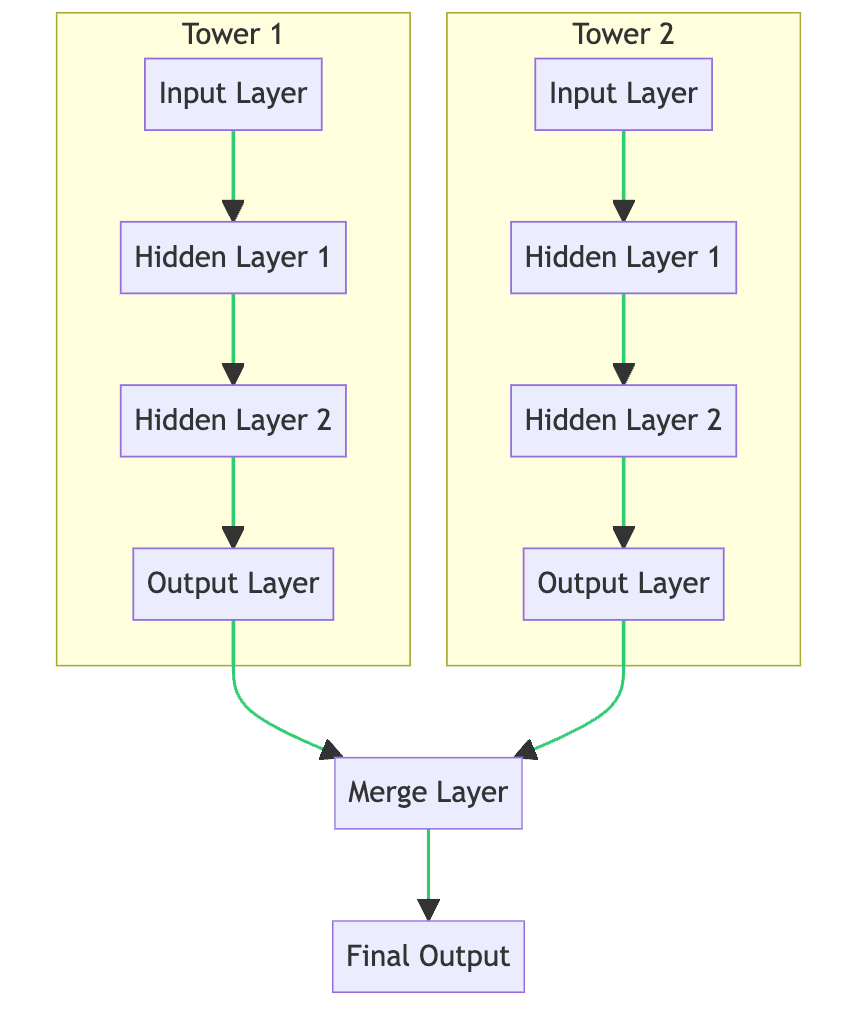In today’s digital world, video content discovery shapes our online experiences. Personalized suggestions and curated content are key. The effectiveness of recommendation algorithms depends on the data quality.
The Two Tower Neural Network and Video Content Discovery
The two tower neural network is crucial in recommendation systems. It has two parts: the query tower and the candidate tower. The query tower learns user preferences. Meanwhile, the candidate tower generates item representations. This architecture is vital for accurate video content recommendations.
The two tower neural network is crucial in recommendation systems. It has two parts: the query tower and the candidate tower. The query tower learns user preferences. Meanwhile, the candidate tower generates item representations. This architecture is vital for accurate video content recommendations.
Data Quality: The Backbone of Video Content Discovery
The accuracy of video content discovery algorithms depends on the quality of the data used for training. Biased, incomplete, or non-diverse data can lead to biased recommendations, popularity bias, and echo chambers. This is where AINAR’s integration becomes vital.
Fingerprint+: Enhancing Video Content Discovery
AINAR’s Fingerprint+ enhances the recommendation process by injecting diverse contextual information into the model. By analyzing audio/video files, AINAR encodes detailed information into a 1088-dimensional content embedding, encompassing emotional structure, colors, tempo, and more. This integration significantly improves the relevance, diversity, and novelty of video content discovery.
Benefits of Fingerprint+ in Video Content Discovery
Enhanced Personalization: AINAR’s detailed content knowledge enables precise personalization in video content discovery, capturing nuanced user preferences.
Diversity and Serendipity: AINAR’s incorporation of detailer content knowledge and contextual information helps break the echo chamber effect, leading to recommendations that expose users to diverse content. By suggesting items that users might not have discovered otherwise, AINAR promotes serendipitous discoveries and prevents recommendation systems from becoming repetitive or predictable.
Dynamic Adaptation: AINAR continuously adapts to evolving user preferences, ensuring relevant and engaging recommendations.
Conclusion: AINAR’s Role in Evolving Video Content Discovery
AINAR transforms recommendation systems into powerful tools for individualized content discovery, exposing users to new content and evolving with user expectations. Its integration gives recommendation algorithms new powers by enriching the data with emotional metadata and diverse contextual information.
By integrating AI-driven components like AINAR Cognitive AI, recommendation engines can tap into a wealth of contextual information, enhancing personalization and promoting diversity
While the two tower neural network serves as a solid foundation for recommendation algorithms, it is essential to recognize that the quality and diversity of the data fed into these systems significantly impact their performance. By integrating AI-driven components like AINAR, recommendation engines can tap into a wealth of contextual information, enhancing personalization, promoting diversity, and adapting to evolving user preferences. As recommendation systems continue to evolve and content libraries grows bigger and bigger it is essential to have great metadata.
Want to know more? Talk to us:






